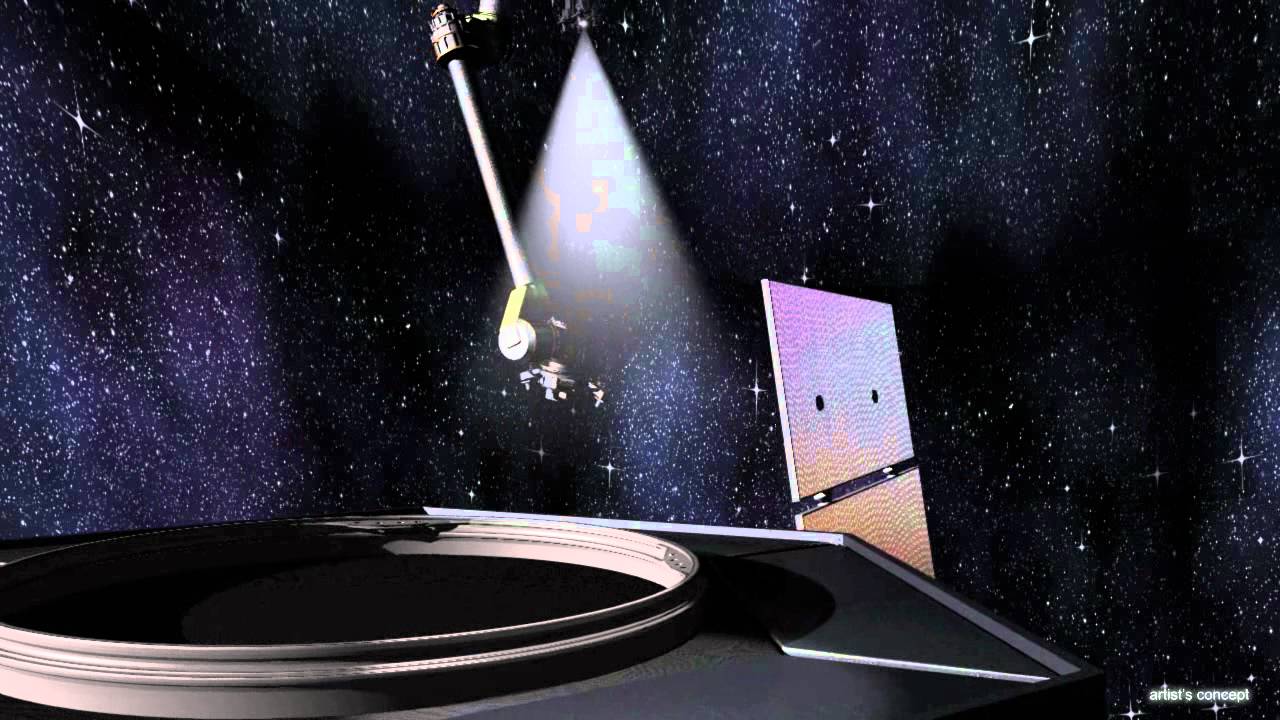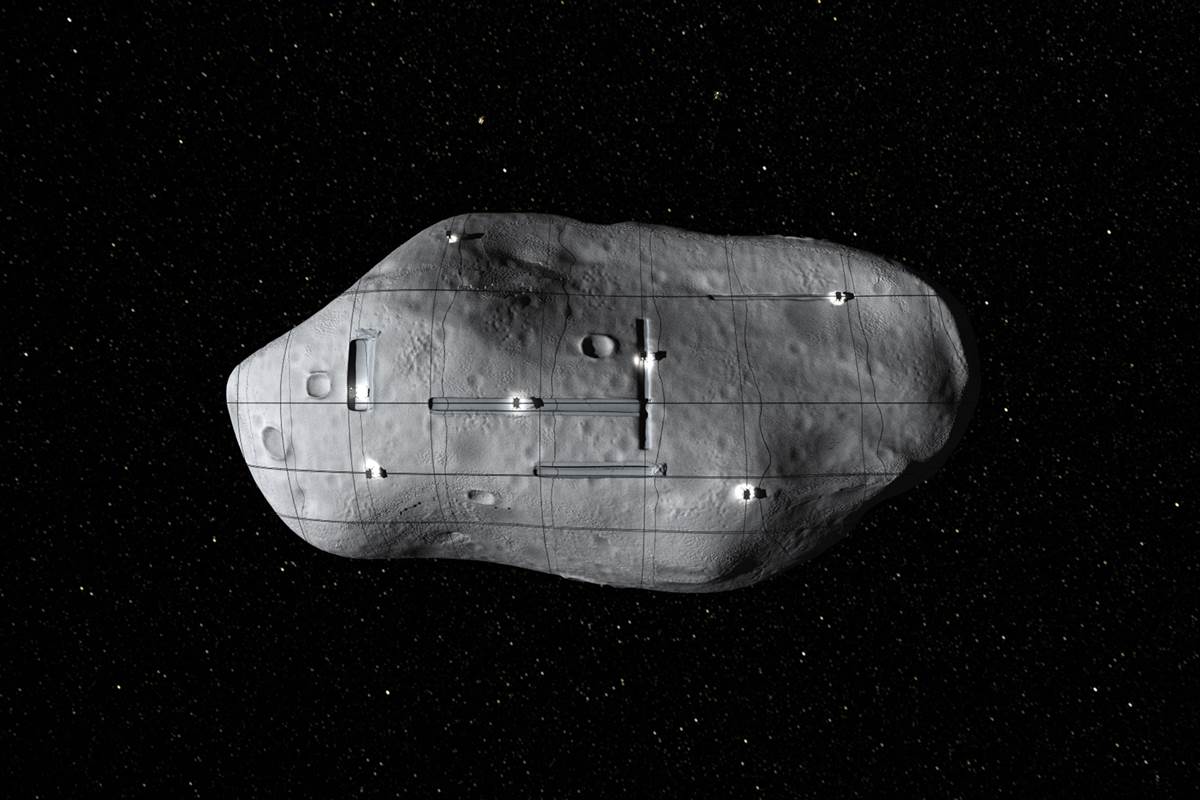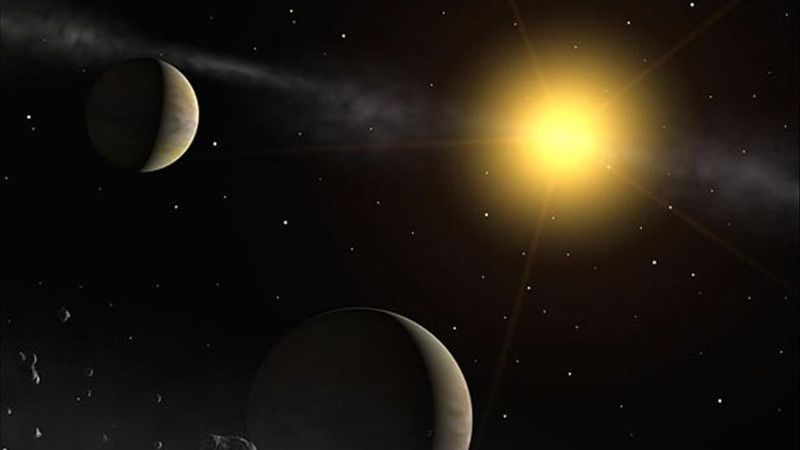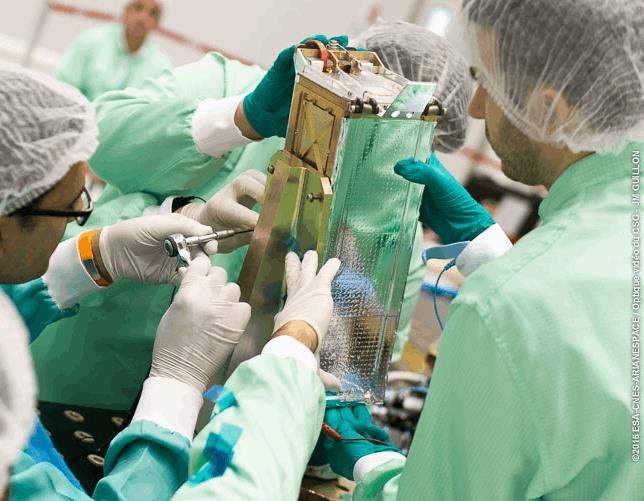Archive for the ‘space’ category: Page 924
Dec 27, 2016
Space mining: The intergalactic gold rush is on
Posted by Klaus Baldauf in category: space
Asteroid mining is the new Wild West, and the resources hidden in asteroids, potentially worth trillions, are available to whomever can get there first.
Dec 26, 2016
China plans to land probes on far side of moon, Mars by 2020
Posted by Karen Hurst in categories: military, space
By 2018, China plans to land on the dark side of the moon; within 3 years Mars. Last year, we learned that China has interests in mining raw materials from the Moon particularly from the dark side of the moon. Also, researchers have discovered some very resilient raw materials for things such as concrete on Mars. SO, could we see in the next 5 years mining by China on Mars?
“To explore the vast cosmos, develop the space industry and build China into a space power is a dream we pursue unremittingly,” read a white paper setting out the country’s space strategy for the next five years. It says China aims to use space for peaceful purposes and to guarantee national security, and to carry out cutting-edge scientific research.
The white paper, released by the information office of China’s Cabinet, points to the growing ambitions of China’s already rapidly advancing space program. China places great emphasis on the development of its space industry, seen as a symbol of national prestige that will raise the country’s standing in the world. Although the white paper doesn’t mention it, China’s eventual goal is to land an astronaut on the moon.
Continue reading “China plans to land probes on far side of moon, Mars by 2020” »
Dec 25, 2016
China’s stringent cyber security law; Technological and human rights implications for the world
Posted by Karen Hurst in categories: business, cybercrime/malcode, economics, internet, law, military, space
Hmmm.
Technological and human rights implications for the world
China adopted the highly controversial cyber security law on 7th November 2016. The legislation which will take effect in June 2017 was passed by its largely rubber – stamp parliament emphasizing the ‘objective need’ of China as a major internet power. The stated objective of the law is to counter the growing threats such as hacking and terrorism. Overseas critics of the law are not amused as it has already triggered concerns among foreign business and rights groups that the law threatens to shut foreign technology companies out of various sectors which China deems as ‘critical’. The legislation also incorporates contentious requirements for security reviews and for data to be stored on servers in China.
Dec 25, 2016
Imperial College of London makes world’s most heat resistant material at 4232 kelvin
Posted by Klaus Baldauf in categories: nuclear energy, space, transportation
Being able to withstand temperatures of nearly 4000°C could pave the way for both materials to be used in ever more extreme environments, such as in heat resistant shielding for the next generation of hypersonic space vehicles.
Tantalum carbide (TaC) and hafnium carbide (HfC) are refractory ceramics, meaning they are extraordinarily resistant to heat. Their ability to withstand extremely harsh environments means that refractory ceramics could be used in thermal protection systems on high-speed vehicles and as fuel cladding in the super-heated environments of nuclear reactors. However, there hasn’t been the technology available to test the melting point of TaC and HfC in the lab to determine how truly extreme an environment they could function in.

The idea of colonization of Saturn’s moons is attractive and presents many benefits, even if it is a challenging and distant prospect.
Dec 22, 2016
The hidden inferno inside your laser pointer
Posted by Karen Hurst in categories: physics, space
If you thought that a kid’s room, a Norwegian Nobel Laureate and a laser pointer had nothing in common, two UA physicists are about to enlighten you.
It’s hard to believe, but after having unraveled many of the laws that make the universe tick, physicists still haven’t reached an agreement on whether something as seemingly simple as “hot” or “cold” can be measured in a system under certain circumstances.
“Imagine you threw an iceberg into the sun and right before it’s melted and gone, you wanted to know, ‘How hot is that iceberg at that moment?’ Would that be a meaningful question to ask?” says Charles Stafford, a professor in the Department of Physics in the UA’s College of Science. “According to traditional physics, it wouldn’t be.”
Dec 22, 2016
Incoming Star Could Spawn Swarms of Comets When It Passes Our Sun
Posted by Sean Brazell in categories: existential risks, space
For years, scientists have known that Gliese 710 will come excruciatingly close to our Solar System in about a million years. An updated analysis suggests this star will come considerably closer than we thought, during which time it’s expected to spawn dangerous cometary swarms.
Dec 21, 2016
Russia Tests Another Anti-Satellite Weapon as Battleground Space Looms
Posted by Karen Hurst in categories: military, space

Just another reminder that America’s supremacy in space is increasingly unsecured.
- The War Zone
- Space
- Anti-satellite
- Direct Ascent
- Russia
- Battlefield Space
- Nudol
- Low Earth orbit
- X-37B
- PL-19
- satlets

AP.
Continue reading “Russia Tests Another Anti-Satellite Weapon as Battleground Space Looms” »
Dec 21, 2016
Fiber Optics For Quantum Technology Research
Posted by Karen Hurst in categories: particle physics, quantum physics, space
Back in September 2015, Gooch & Housego reported on our work with cold atom technology on the FreezeRay project. Now, just over a year later, we’re happy to say that Gooch & Housego has successfully won funding for involvement in two further programs, CASPA and REVEAL, in a competition for the commercialization of quantum technologies. The contest is supported by Innovate UK and the UK National Quantum Technologies Programme.
CASPA (Cold Atom Space Payload) has the aim of developing a payload compatible with CubeSat and capable of producing cold atoms in space. As with all such projects, we are breaking new ground here and an effective demonstration of the prototype system – in this instance space will be the crucial first step towards commercializing instrumentation systems capable of recording minuscule changes in the earth’s gravitational strength. Such changes when mapped across the earth’s surface have the potential to be used in resource exploration or to geo-monitoring of polar ice mass, ocean currents and sea level changes.
CASPA will also evaluate the viability of using the technology in the provision of higher precision timing sources for next generation global positioning system (GPS) and also for deep space navigation. The program partners are e2v technologies Ltd, ClydeSpace, XCAM, Covesion, the University of Birmingham and the University of Southampton.
Continue reading “Fiber Optics For Quantum Technology Research” »
















